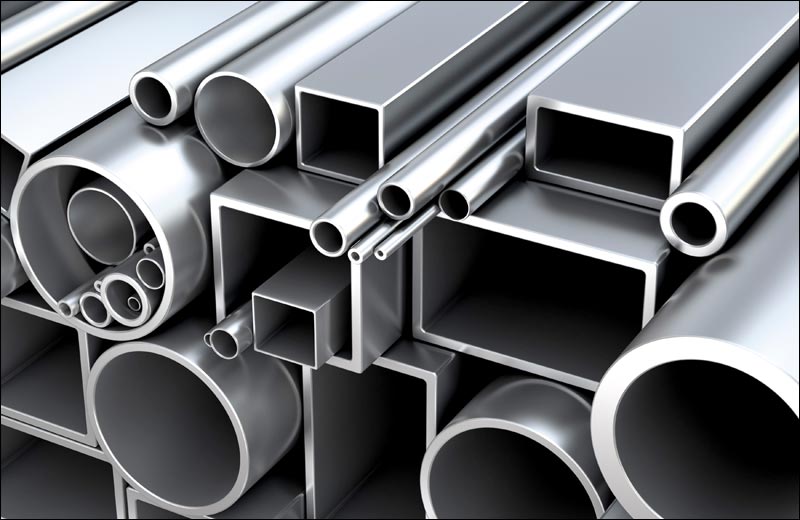
Discover effective strategies to utilize customer feedback for enhancing service quality and driving customer satisfaction in steel service centers.
In the competitive landscape of steel service centers, maintaining high levels of customer satisfaction is crucial for business success. Leveraging customer feedback is an invaluable strategy to identify areas for improvement, enhance service quality, and foster strong customer relationships. This guide explores how steel service centers can effectively gather, analyze, and implement customer feedback to drive service improvements.
The Importance of Customer Feedback
Customer feedback provides direct insights into customer experiences, expectations, and areas where services can be improved. It serves as a critical tool for understanding customer needs, gauging satisfaction levels, and identifying potential issues before they escalate.
- Enhanced Service Quality: Identify and address service gaps to improve overall quality.
- Customer Retention: Satisfied customers are more likely to remain loyal and recommend your services.
- Competitive Advantage: Continually improving based on feedback helps stay ahead of competitors.
1. Gathering Customer Feedback
The first step in leveraging customer feedback is to collect it through various channels. Effective methods include surveys, direct interviews, online reviews, and feedback forms.
Methods of Gathering Feedback:
- Surveys: Send regular surveys to customers after service interactions to capture their experiences and suggestions.
- Interviews: Conduct one-on-one interviews with key customers to gain deeper insights.
- Online Reviews: Monitor online review platforms for feedback on your services.
- Feedback Forms: Provide feedback forms at your service center and on your website.
2. Analyzing Customer Feedback
Once feedback is collected, it needs to be systematically analyzed to identify common themes, recurring issues, and areas for improvement.
Steps for Effective Analysis:
1. Categorization: Group feedback into categories such as service quality, response time, and communication.
2. Sentiment Analysis: Use tools to analyze the sentiment of feedback (positive, negative, neutral).
3. Trend Identification: Look for patterns and trends over time to understand recurring issues.
4. Actionable Insights: Extract actionable insights that can be implemented to improve services.
3. Implementing Changes Based on Feedback
The most critical step is to implement changes based on the feedback analysis. This involves addressing identified issues and continuously improving service processes.
Implementation Strategies:
1. Prioritization: Prioritize issues based on their impact on customer satisfaction and business operations.
2. Action Plans: Develop and execute action plans to address feedback.
3. Communication: Inform customers about the changes made in response to their feedback.
4. Monitoring: Continuously monitor the impact of implemented changes and adjust as needed.
4. Communicating with Customers
Effective communication with customers about the changes made based on their feedback fosters trust and demonstrates a commitment to continuous improvement.
Communication Strategies:
1. Updates: Regularly update customers on the changes made in response to their feedback.
2. Personalized Follow-ups: Reach out to customers who provided feedback to inform them of the improvements.
3. Transparency: Be transparent about the steps taken and the expected outcomes.
4. Acknowledgment: Thank customers for their valuable feedback and encourage continuous input.
Leveraging customer feedback is essential for continuous service improvement in steel service centers. By systematically gathering, analyzing, and implementing feedback, and effectively communicating with customers, steel service centers can enhance service quality, increase customer satisfaction, and gain a competitive edge. Embracing a customer-centric approach ensures that steel service centers not only meet but exceed customer expectations, driving long-term success and growth.
Embracing customer feedback today will ensure a brighter, more customer-focused future for steel service centers.




